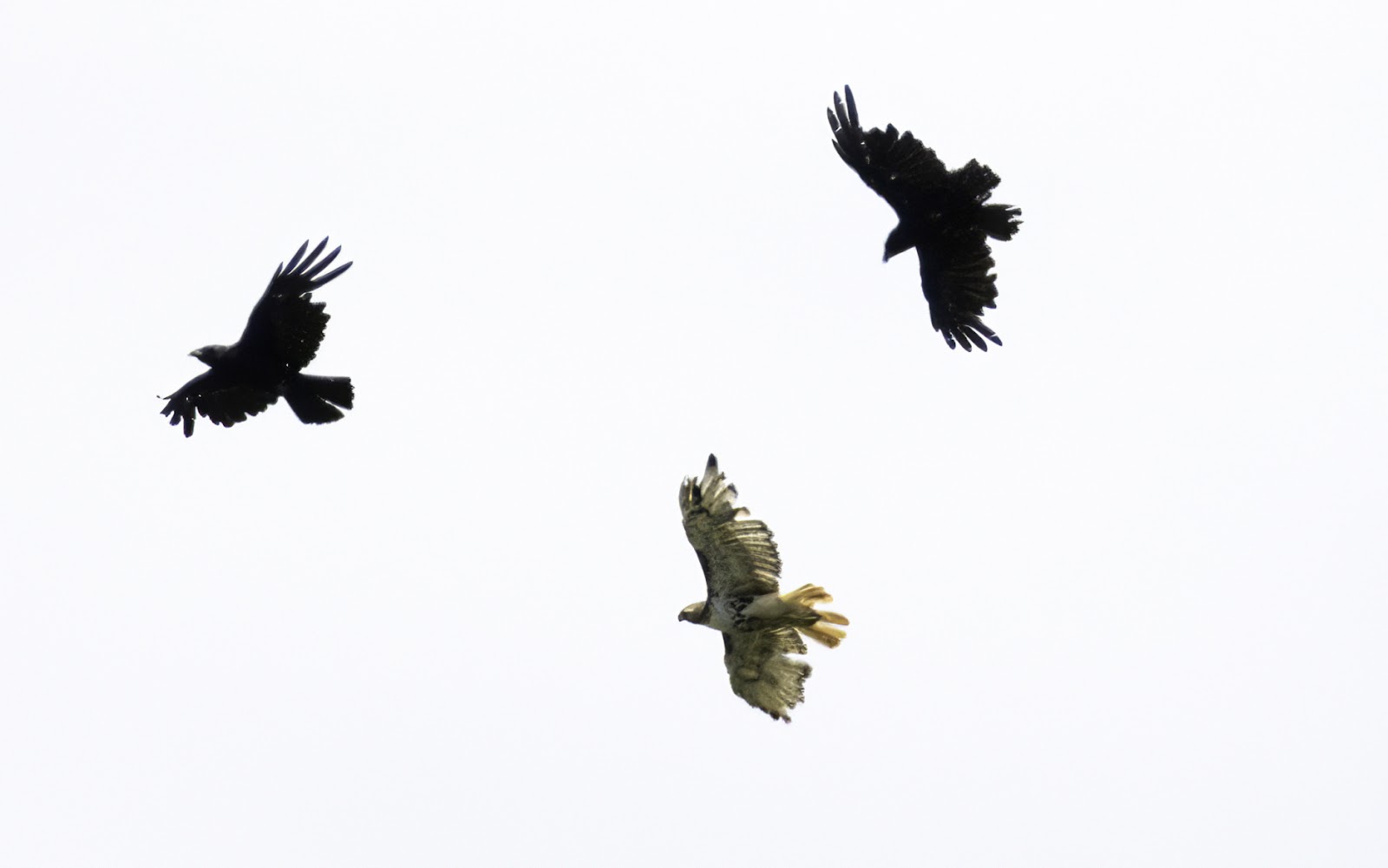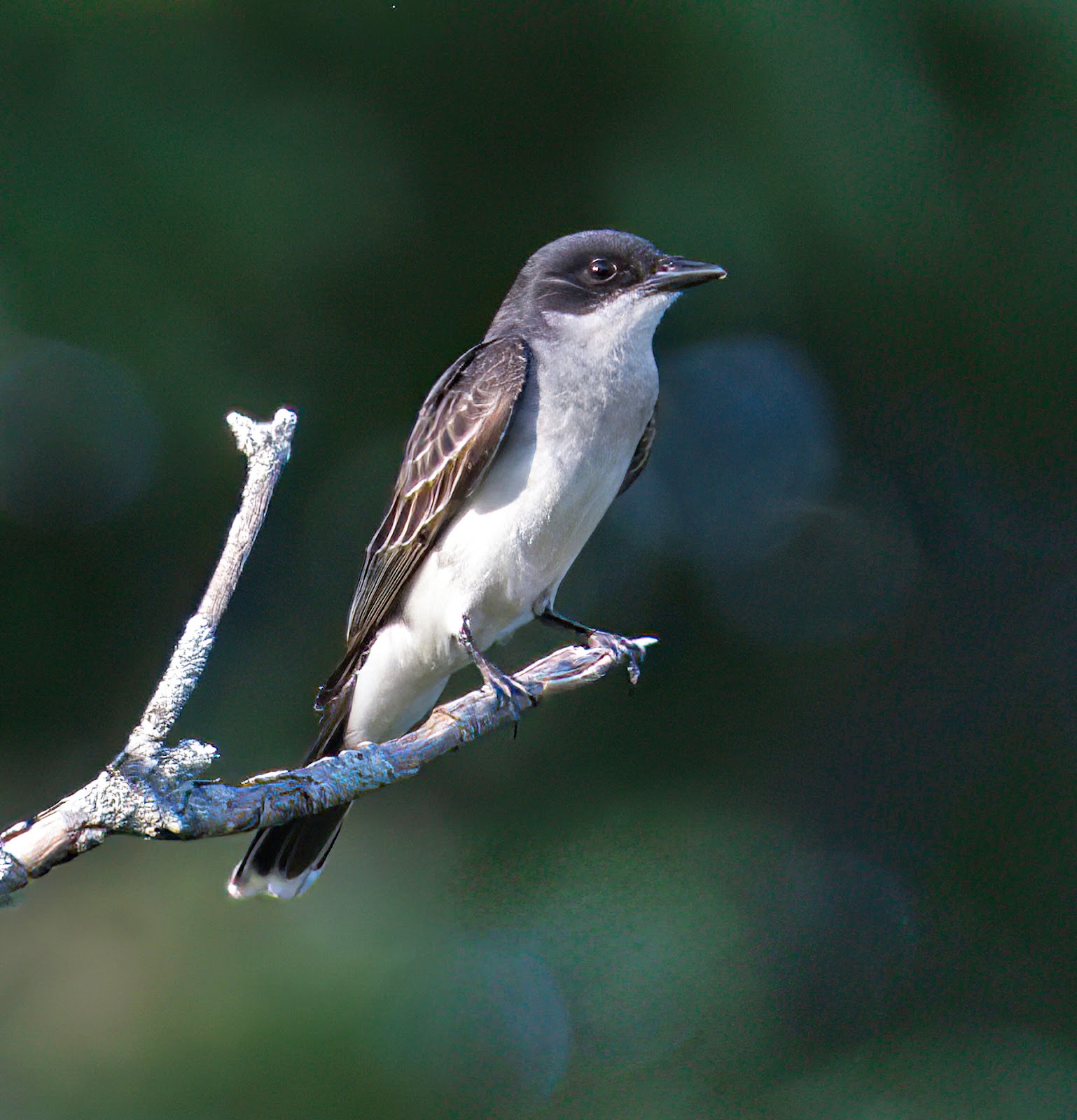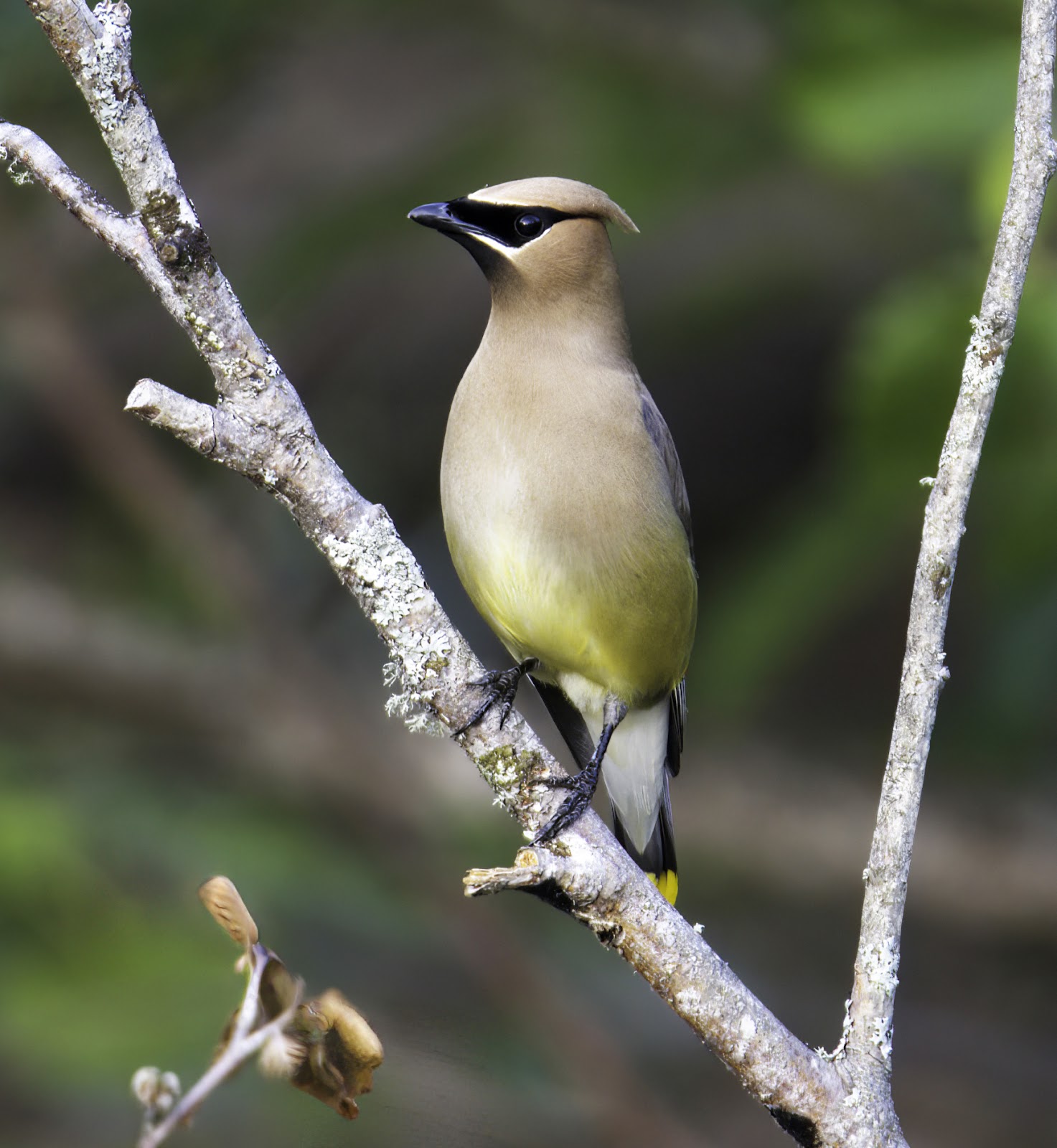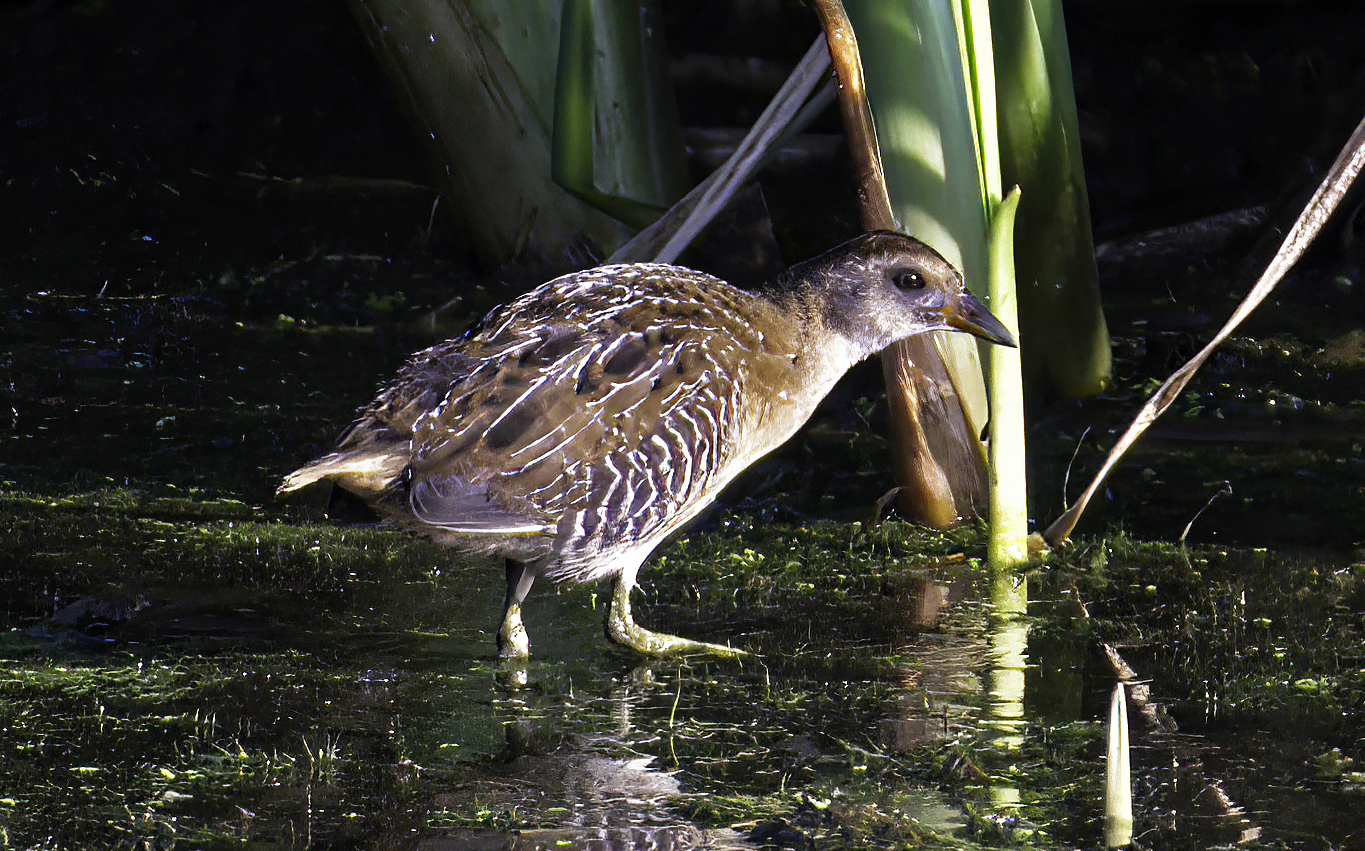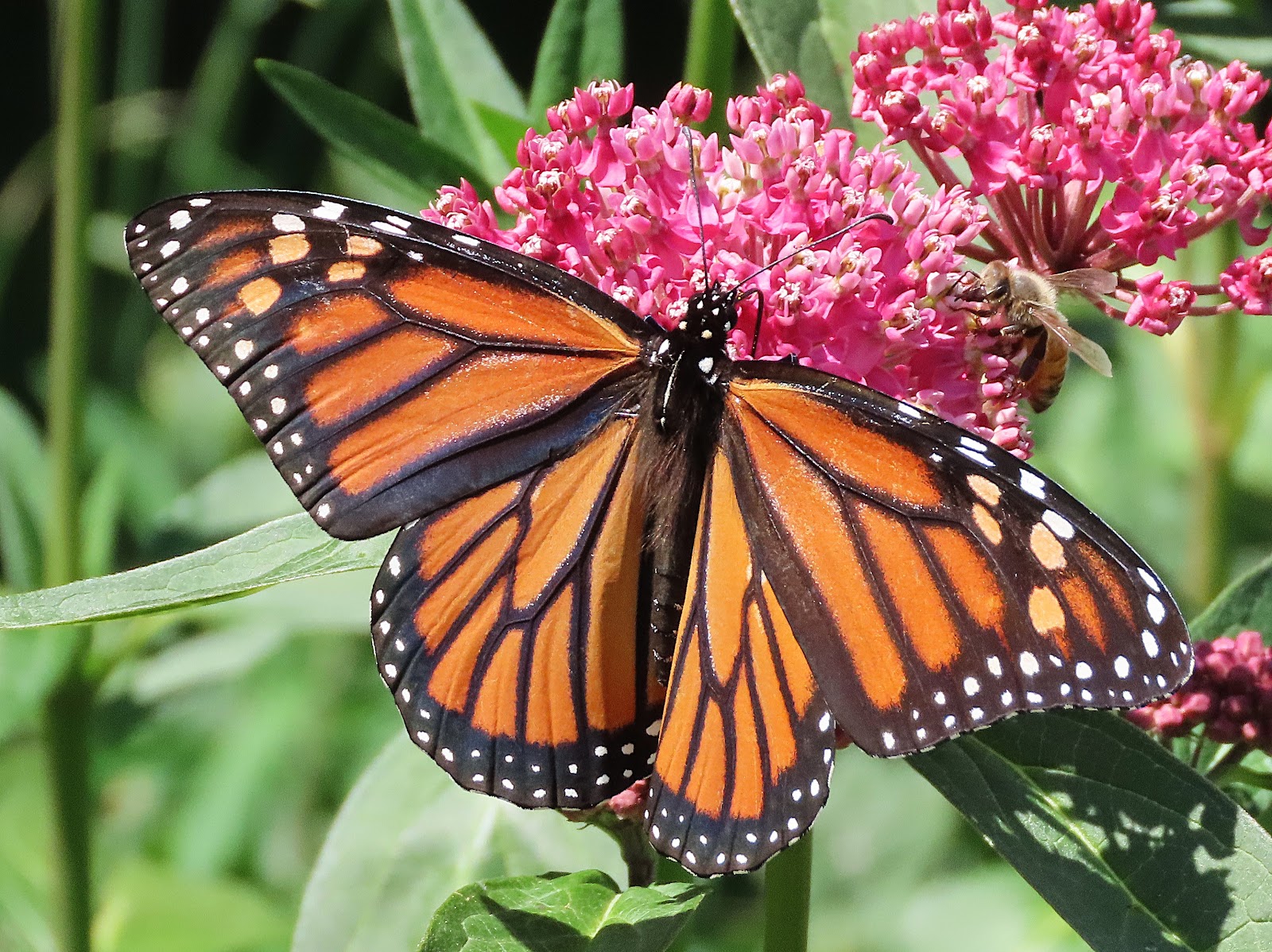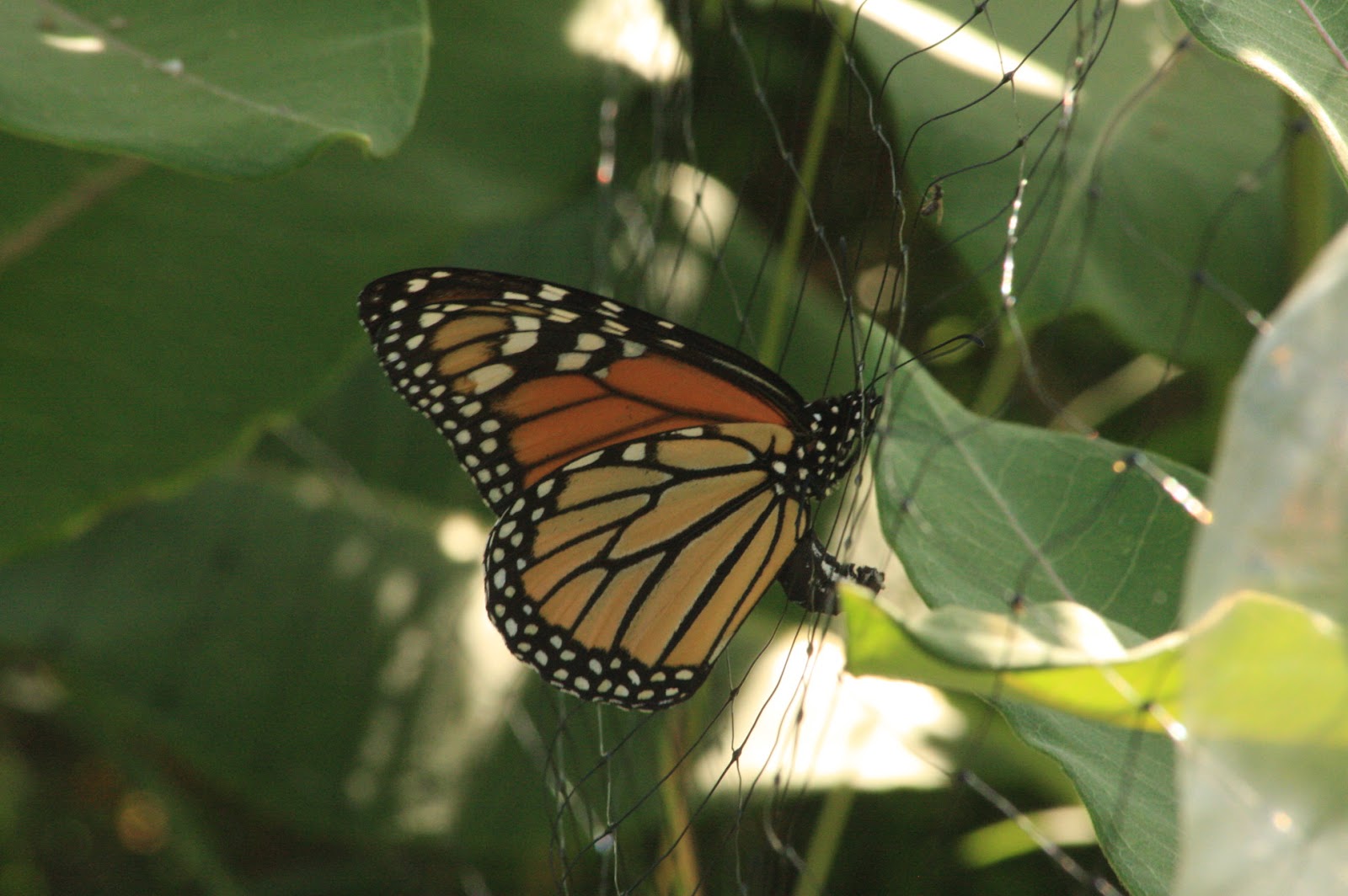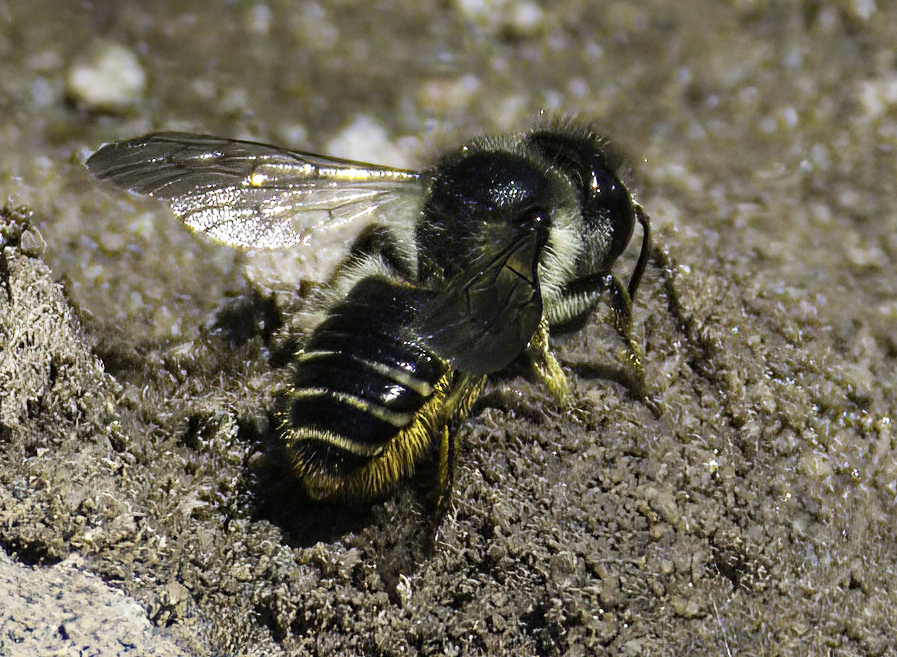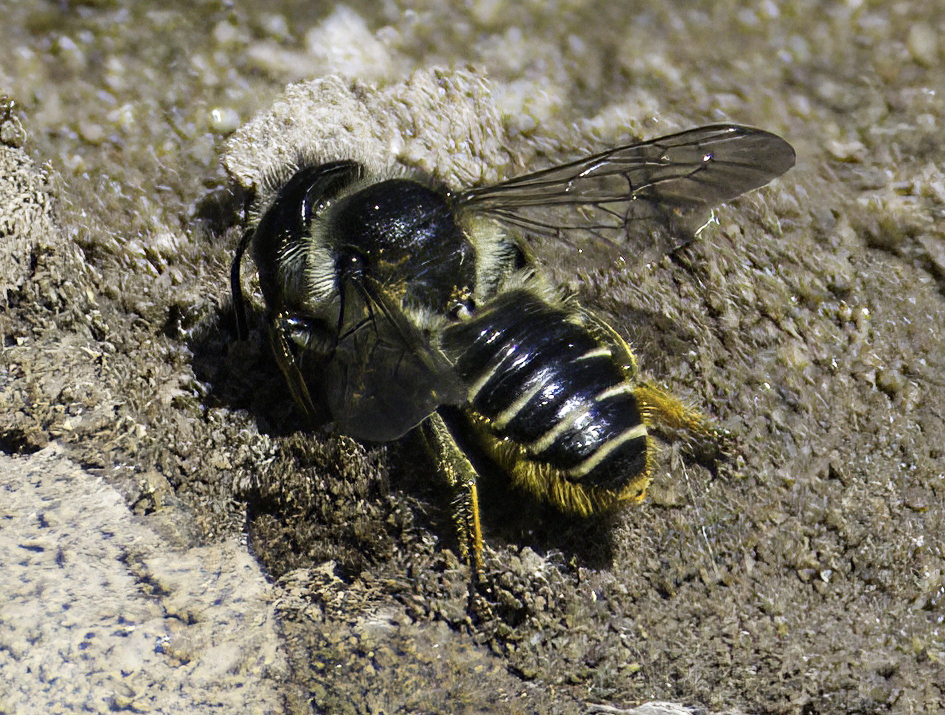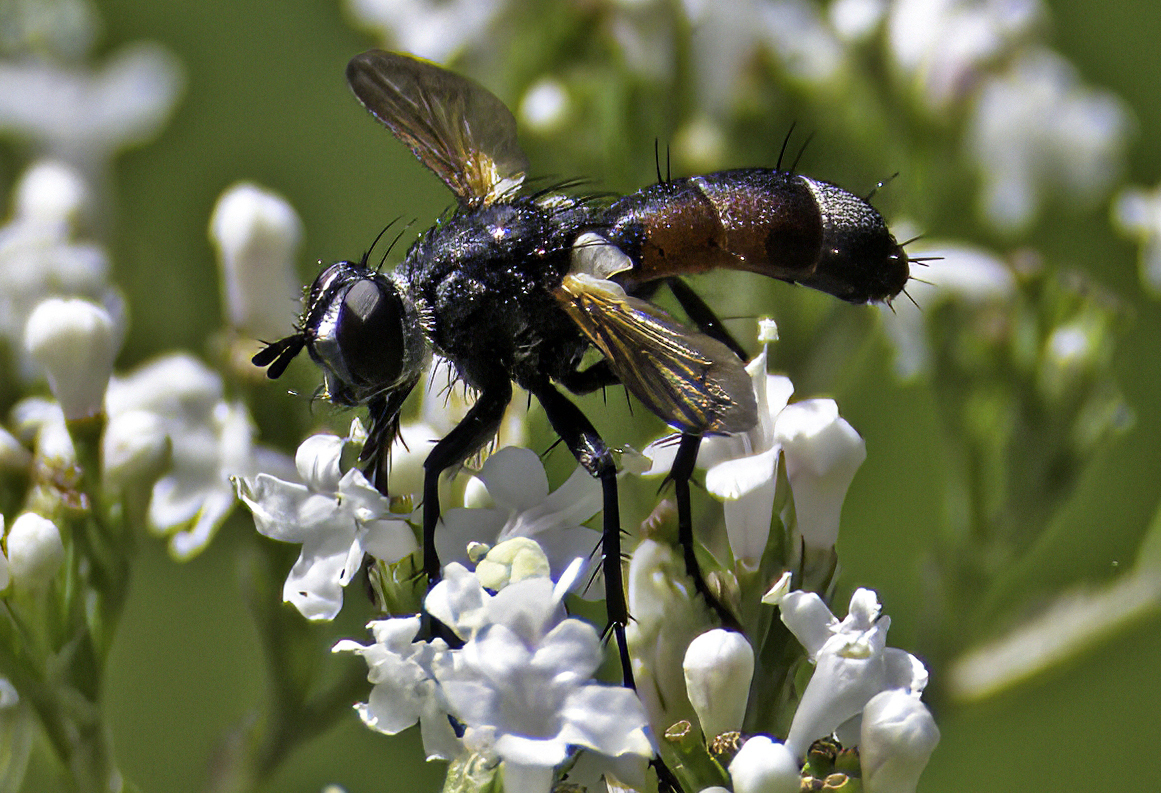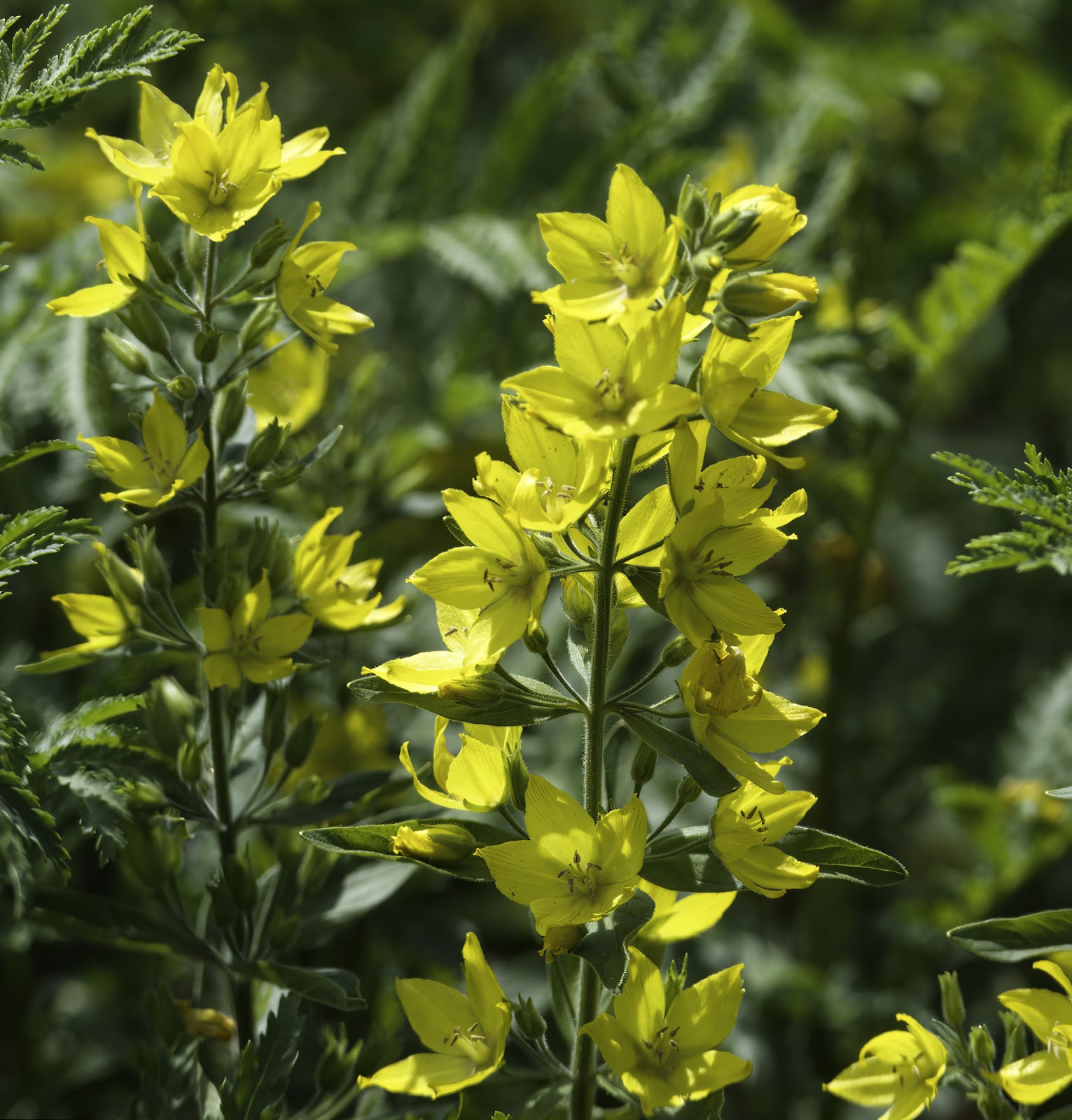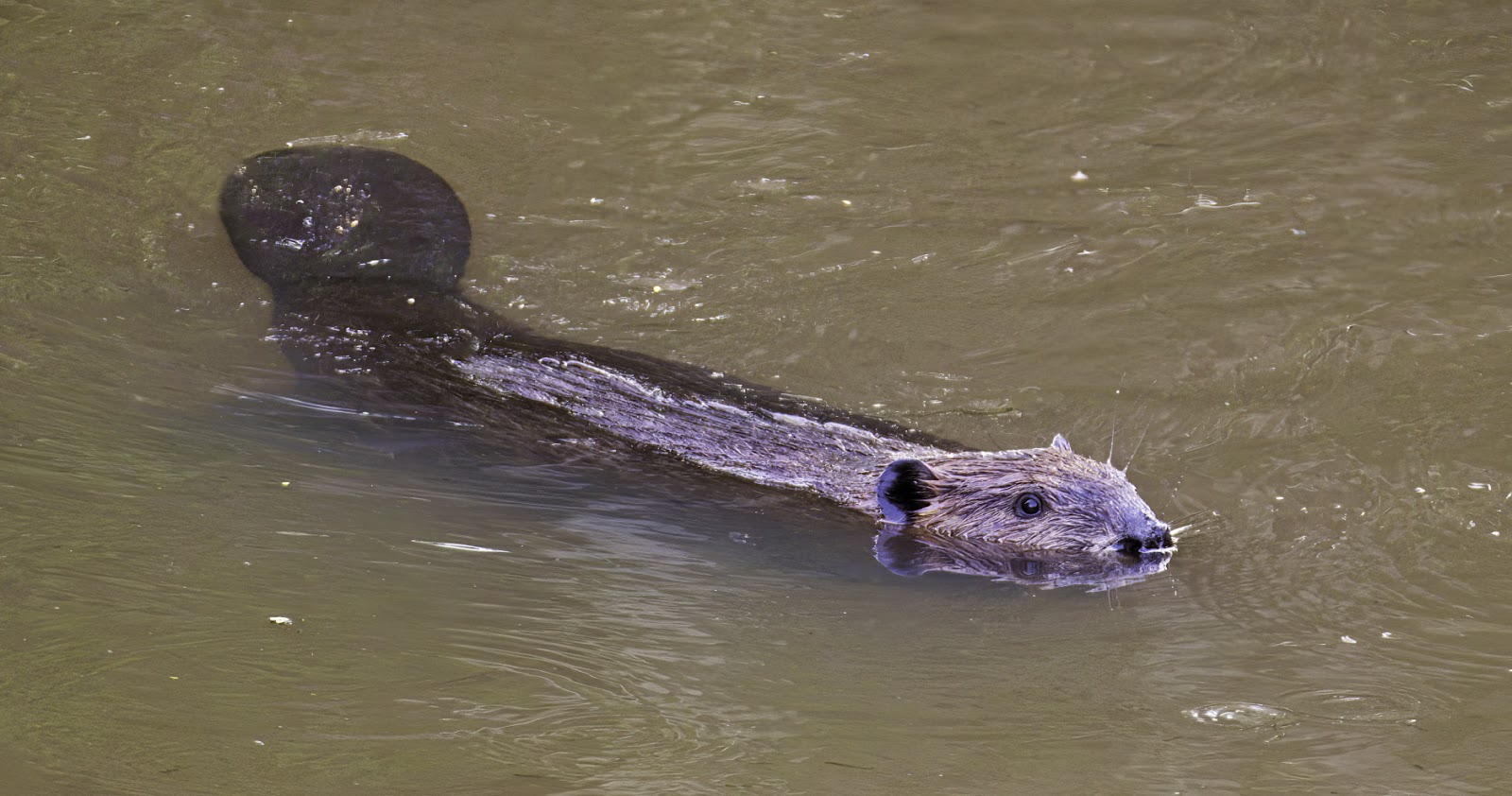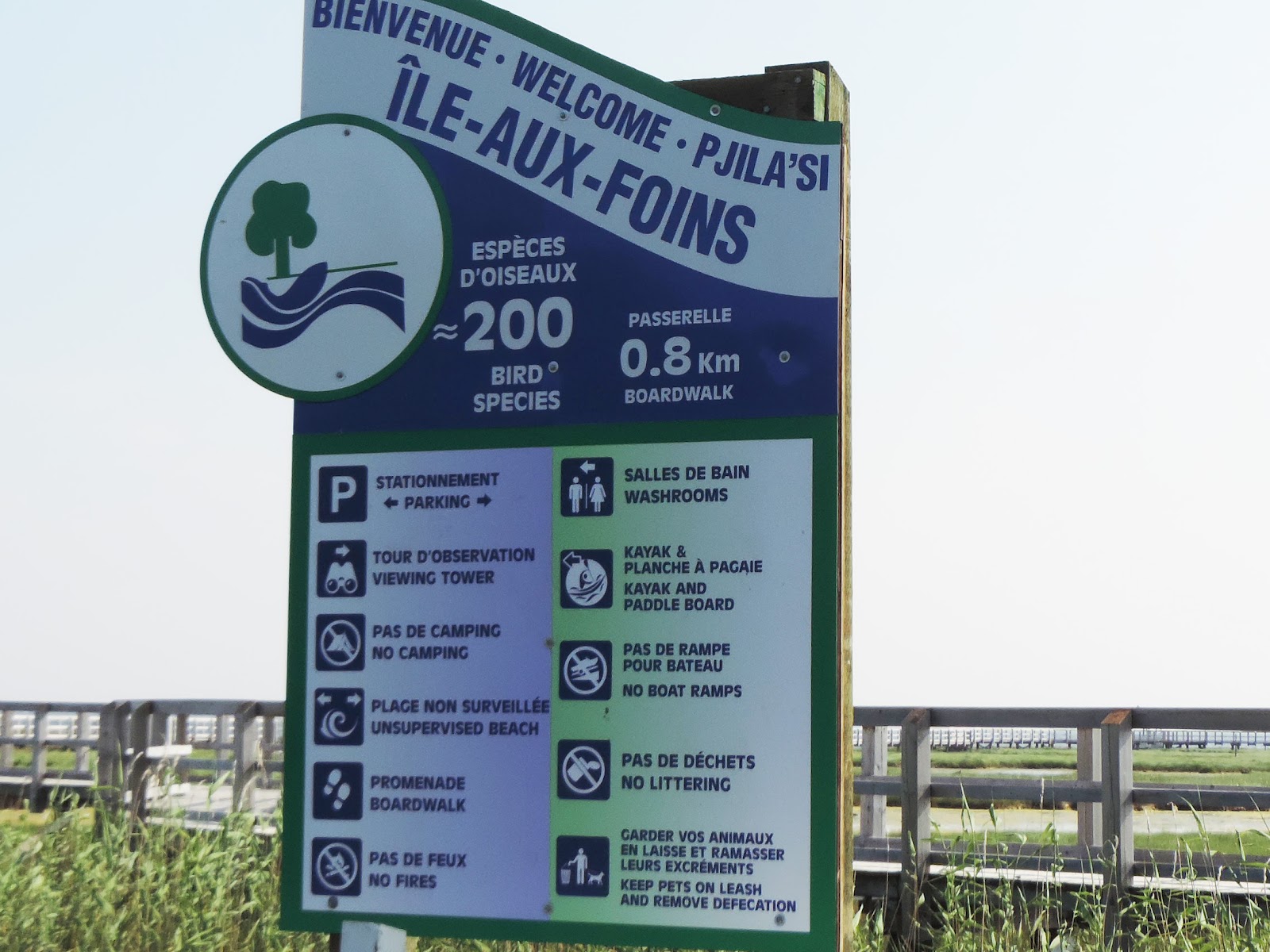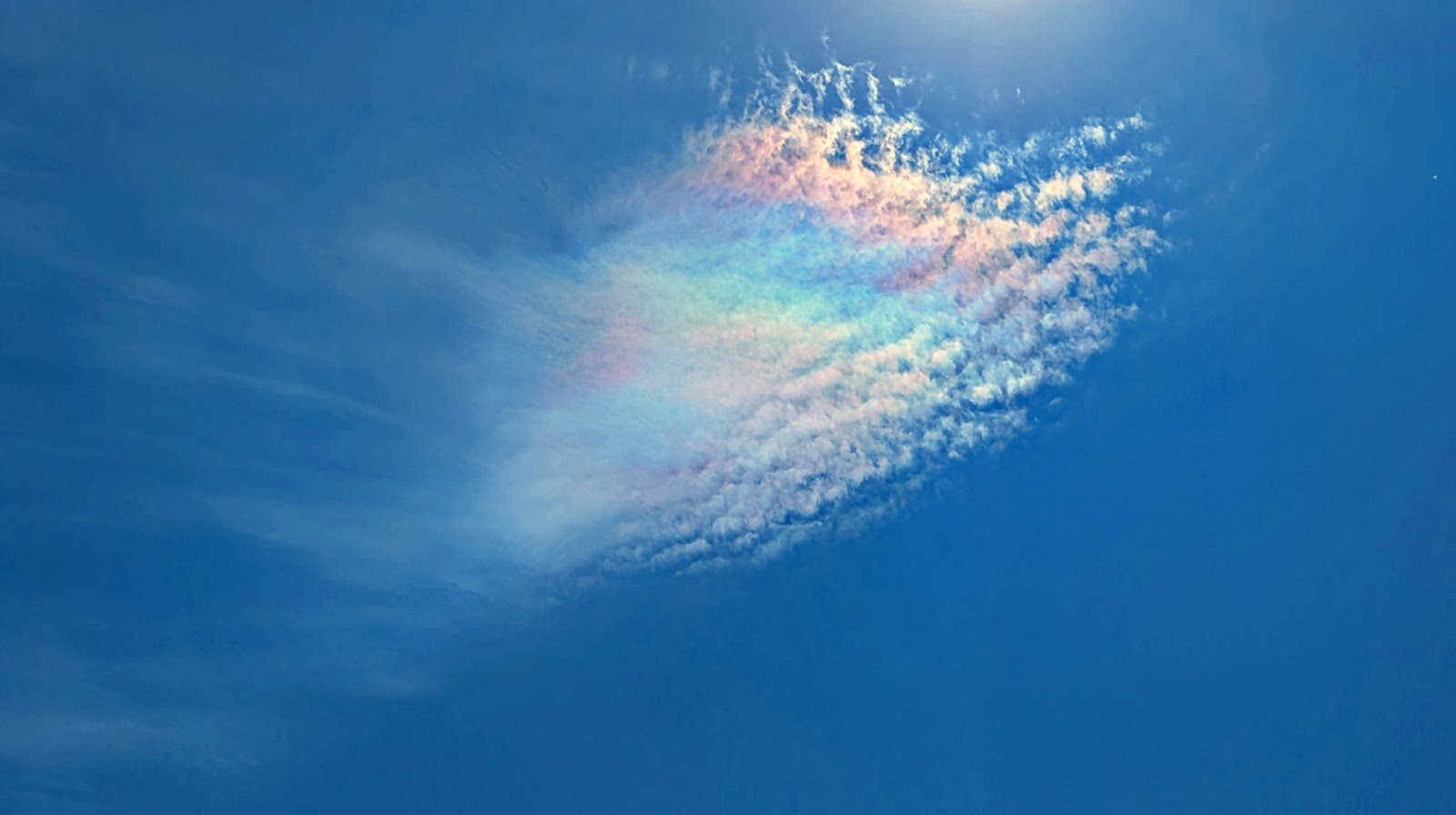NATURE
MONCTON NATURE NEWS
July 18, 2025
Nature Moncton members, as
well as any naturalist in New Brunswick or beyond, are invited to share
their photos and descriptions of recent nature sightings to build a fresh
(almost) daily edition of Nature News
To
respond by e-mail, please address your message to the information line
editor, nelsonpoirier435@gmail.com .
Please
advise the editor at nelsonpoirier435@gmail.com and the proofreader
Louise Nichols at Nicholsl@eastlink.ca if
any errors are noted in wording or photo labelling.
For more information
on Nature Moncton, check the website at www.naturemoncton.com
Proofreading
courtesy of Nichols nicholsl@eastlink.ca
**Nelson Poirier will be giving a presentation on ticks in New Brunswick at Mountain Equipment Company tomorrow morning, Saturday, at 11 AM—all details at the end of this edition.
** Please take note that there was an error in the email address yesterday for registration to the Joggins outing. The correct email for registration is naturemonctoncontact@gmail.com
**Yet another beautiful photo of a female
monarch butterfly ovipositing on milkweed. John Inman had his first one
arrive on Thursday.
**And yet another! A female monarch
butterfly teased Veronica Price all day Thursday, flitting from milkweed to
milkweed. Finally, this one landed, obsessed with getting at a pair inside the
deer mesh protecting her cedar trees, instead of landing on the dozens of
available milkweed plants all around.
**Hay Island (Ile aux Foins)
is sporting a new highway sign that points out some of the features of this
unique New Brunswick site.
**On Wednesday evening, in the
wonderfully steamy heat, Nature Moncton participants took part in the Wednesday
Night Walk at Highland Park in Salisbury. The first observation was a close
flyover by an adult bald eagle, followed by a view of a belted
kingfisher hovering over the pond, waiting for supper to show up. Eastern
kingbirds and cedar waxwings were present in significant numbers,
and red-winged blackbirds were everywhere. Some shorebirds photographed
were yellowlegs, and short-billed dowitchers were only seen and not photographed. A juvenile sora
was foraging in the open, maybe not quite up to speed yet on its security
procedures.
Several wood ducks and a
family of American wigeons joined the many regular mallards in the
ponds. A couple of female purple finches were at the limit of the camera and
binoculars, but a documentary photo was taken for confirmation. An American
redstart and an eastern phoebe perched for photos, and a swimming
beaver was a big hit with the group; they all watched intently as it swam around,
displaying its large, flat tail and impressive body size.
**On Monday, Brian Stone went for a
walk along the trails behind Crandall University, hoping to catch sight of some
butterflies and dragonflies in the high heat and humidity. He walked along a well-flowered
section of trail and then checked the large milkweed patch, but sadly found no
butterflies, no dragonflies, and barely any bees. The only bee he saw was a
small leaf-cutting bee on the ground.
(Editor’s note: In a recent
presentation to Nature Moncton by Emily Austen on bees, she pointed out that
the scopa (pollen collecting hairs) are located on the side and underside of
the leaf-cutting bee, which shows nicely in Brian’s photo.)
Last year at this time, the milkweed
patch was humming with hundreds of bees of different varieties, but on Monday,
the patch was quiet and virtually empty. A few other photos taken were a couple
of interesting flies, a small, thick-headed fly, and a thin-waisted tachinid
fly. A paper wasp also presented itself, and several of them were
seen. In the sky above, a ragged-looking red-tailed hawk was being
harassed by two also ragged-looking American crows. The clouds were
high, thin, and soft-looking, and one that got close to the Sun displayed some iridescence
as the light was diffracted through its water droplets.
**Ticks
have been with us in New Brunswick for a very long time but have not been a
human problem. That has changed dramatically in recent years as the one species
that is the number one vector of arthropod-carrying disease organisms in the US
is very rapidly moving into Canada. This species is the black-legged tick,
which has become a major health concern in NS and is now expanding its range
into NB.
The black-legged tick is the only species that is a
significant vector of several organisms capable of producing very serious
disease in humans when they choose humans for their blood meal. This tick is
not about to leave us; instead, it’s becoming very much more abundant. It is crucially
important to learn how to live with this tick, and that means learning how to
distinguish it from other nonproblem ticks, what to do if we experience a tick
bite, and how to prevent that from happening in the first place.
With the increased presence of the black-legged tick, some
very useful techniques have been developed to identify the tick in addition to reliable
tests to know if a tick is carrying a disease organism and if so, what treatments
are best to prevent disease from advancing in the human host.
Nelson Poirier will give a presentation to bring folks up
to speed on this subject and will have preserved specimens and removal
instruments to demonstrate.
This presentation will be given live at the Mountain Equipment
Company, 70 Wyse St., Unit 300 in the Mapleton Mall, starting at 11:00 AM
**This Week’s Sky at a Glance, 2025 July 19 – Ju1y 26
Stargazers prefer meridian observing because that is when we should have our
best views of objects in a telescope or binoculars. The meridian is the
imaginary line running from north to south, separating the sky into eastern and
western hemispheres. When stars and planets cross the meridian they are at
their highest, shining through a minimal thickness of atmosphere en route to
our eyes. Unstable pockets of atmosphere will distort the light from stars and
planets and blur the view, so minimal atmosphere means less distortion.
Astronomers use the term “seeing” to describe the steadiness of the atmosphere.
Good seeing means steady air and we can use higher magnification for observing
details of the Moon and planets.
Around 10 pm this week we have several prominent constellations near the
meridian. Moving southward from the North Star we have Ursa Minor or the Little
Dipper. A small telescope with good seeing conditions will show the close
companion star of Polaris, which is actually a triple star although only two of
them can be seen in a telescope. Heading southward we pass through Draco the
Dragon on our way to Hercules. The faintest of the four stars in the dragon’s
head is an easy double star to resolve in binoculars. The globular cluster M92
is about halfway between the head and the Keystone asterism of Hercules, and
don’t forget M13 along the western side of the Keystone.
Hercules goes head-to-head with Ophiuchus to its south, which contains a
several globular clusters itself. Ophiuchus stands on Scorpius, keeping the
scorpion underfoot so that it cannot fatally sting Orion again. Scorpius at the
meridian is the best time to observe globular clusters M4 and M80, and open
clusters M6 and M7.
This Week in the Solar System
Saturday’s sunrise in Moncton is at 5:47 and sunset will occur at 9:03, giving
15 hours, 16 minutes of daylight (5:55 and 9:05 in Saint John). Next Saturday
the Sun will rise at 5:54 and set at 8:56, giving 15 hours, 2 minutes of daylight
(6:02 and 8:58 in Saint John).
The Moon is near the Pleiades Sunday morning and the waning crescent slides
over Venus and Jupiter before reaching the new phase on Thursday. Saturn is now
rising before midnight, Venus rises around 3 am, and Jupiter rolls out of bed
before 4:30. Mars continues to hang out low in the west in the evening and
setting around 11 pm. Mercury is too close to the Sun for observing.
Summer star parties in the major
parks are scheduled for July 25-26 at Mactaquac, August 1-2 at Mount Carleton,
August 22-23 at Fundy, and September 13-14 at Kouchibouguac. See rascnb.ca for
details.
Questions? Contact Curt Nason at nasonc@nbnet.nb.ca.
Nelson Poirier.
Nature Moncton


